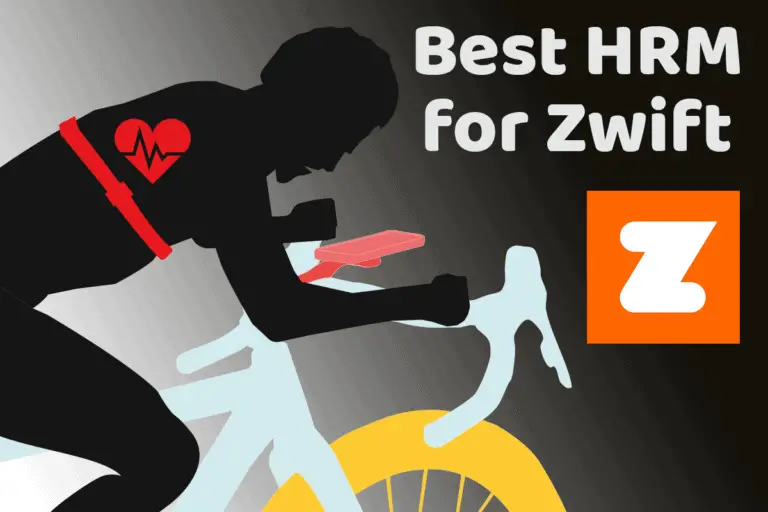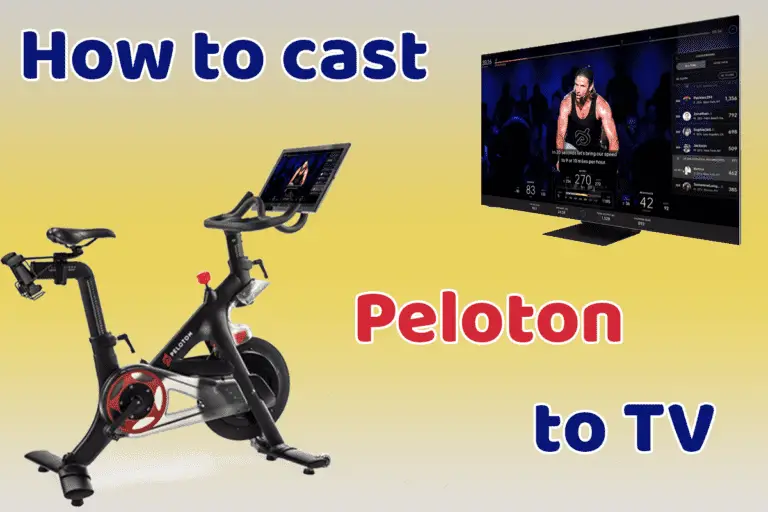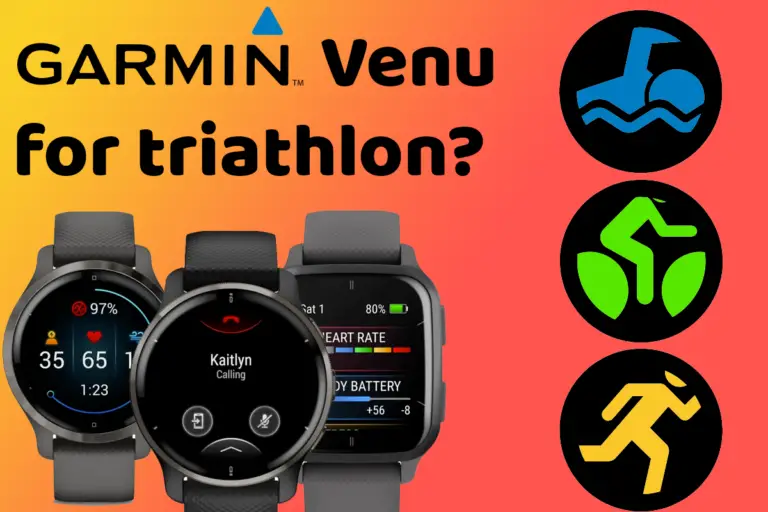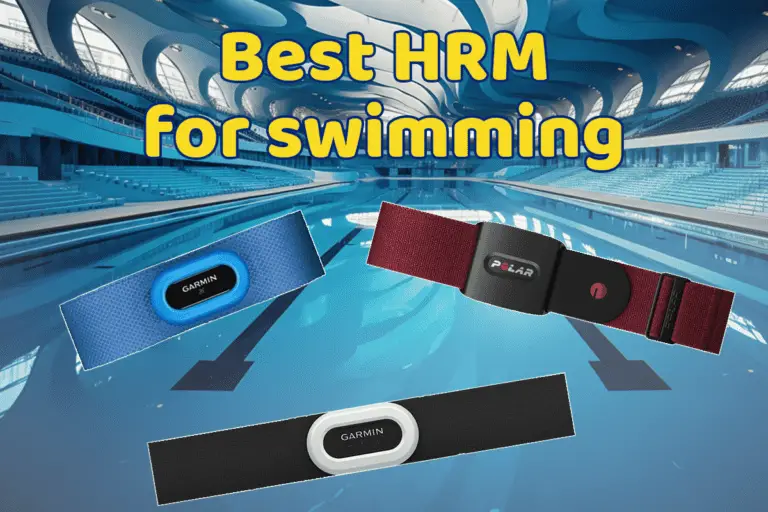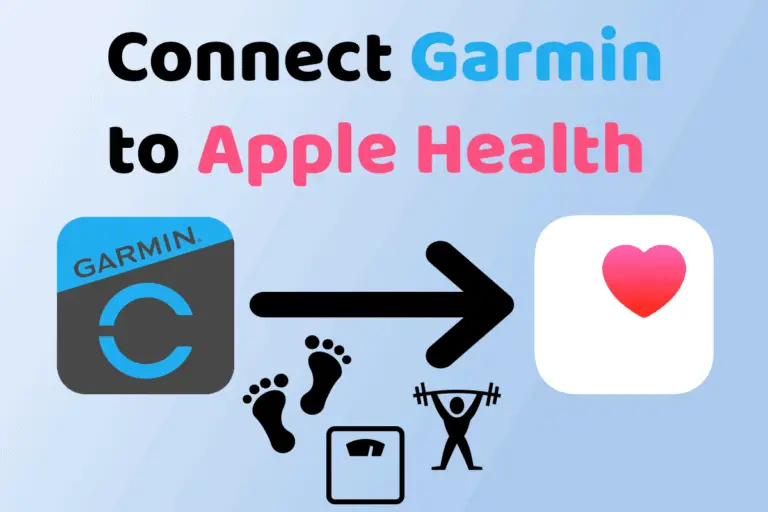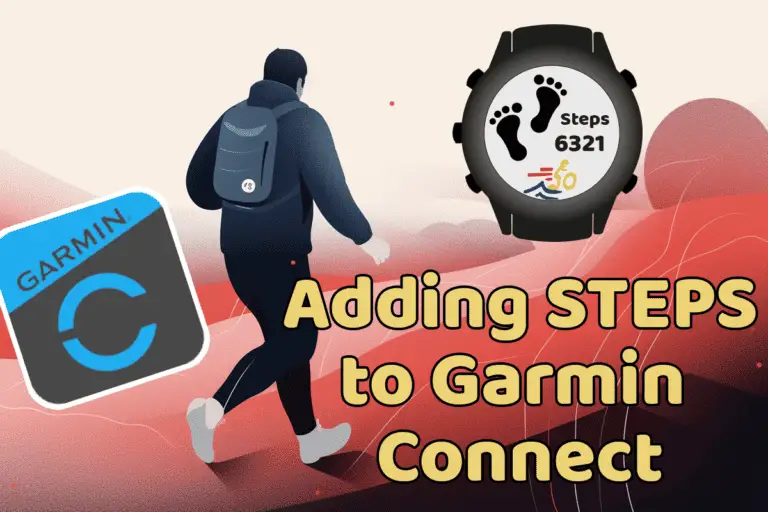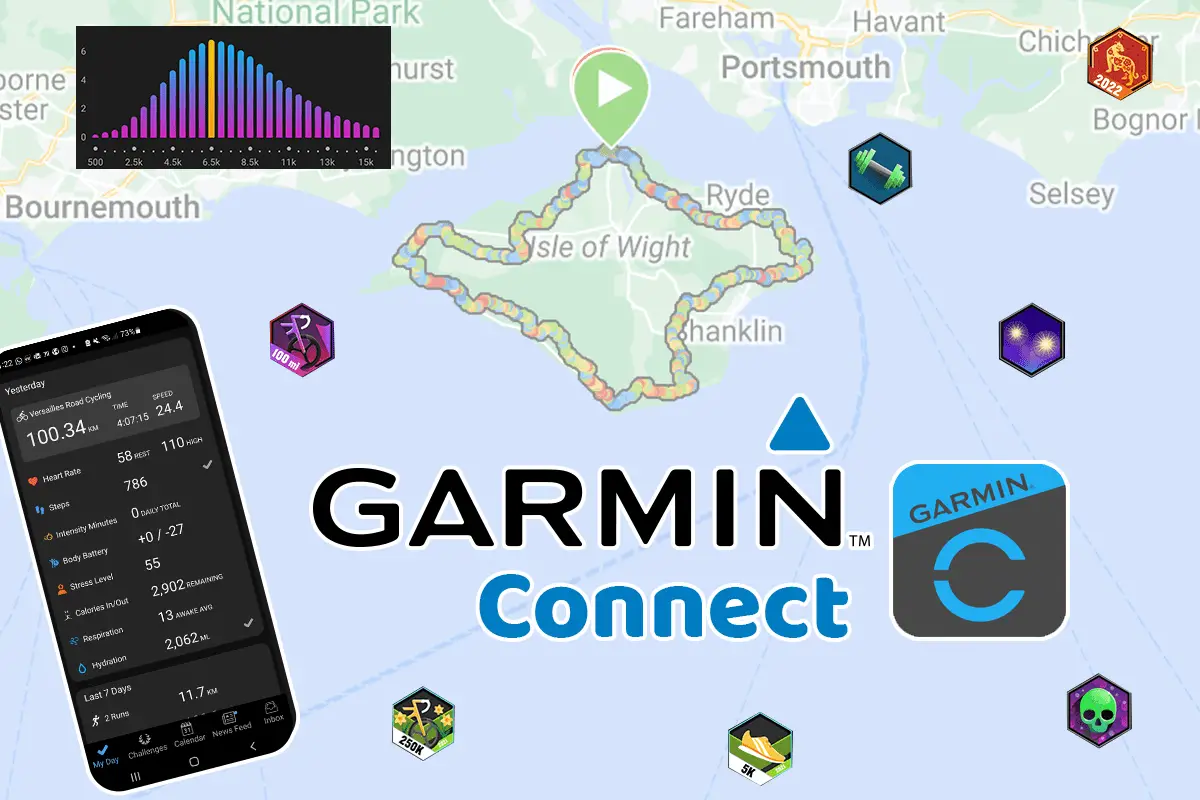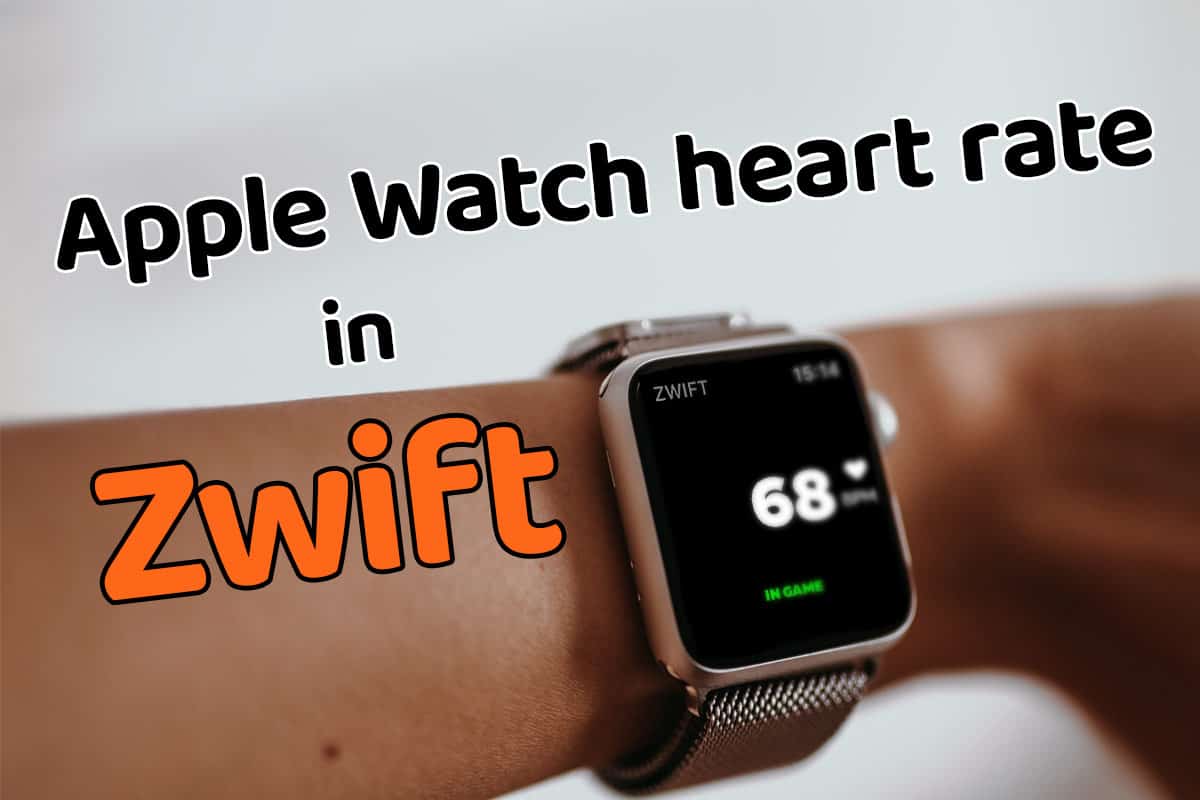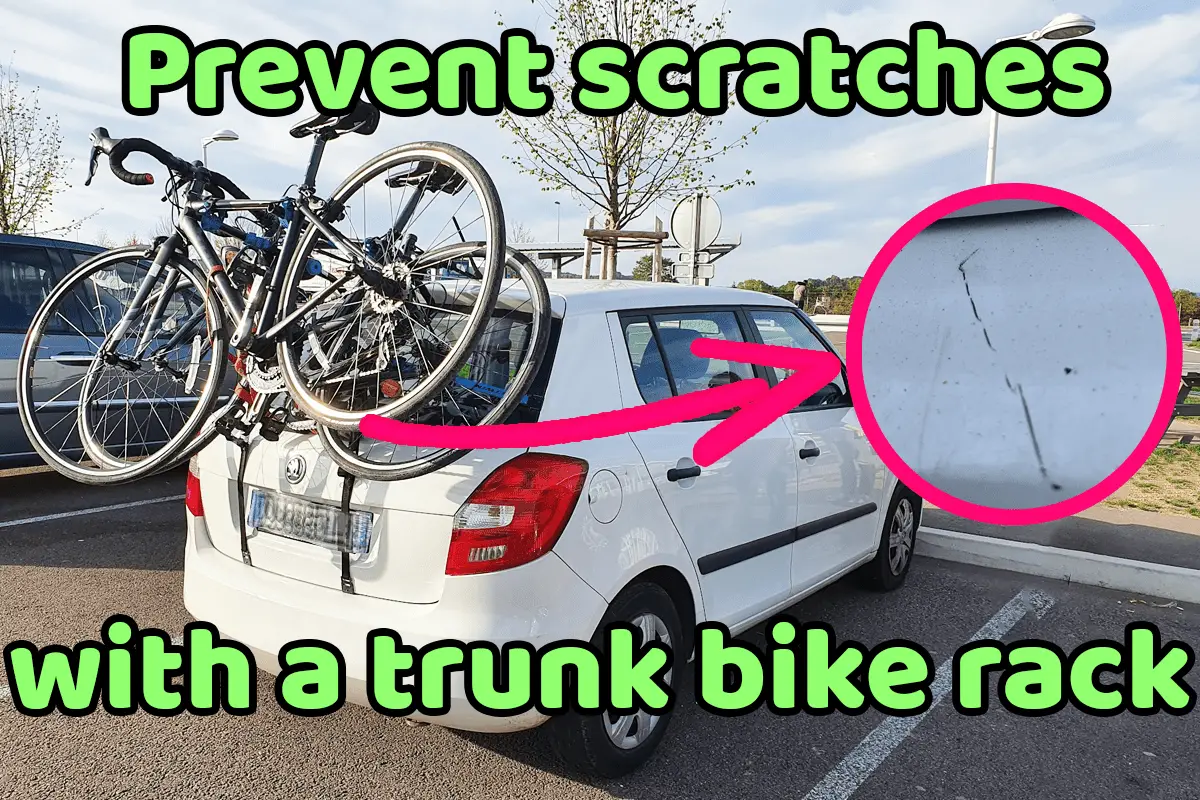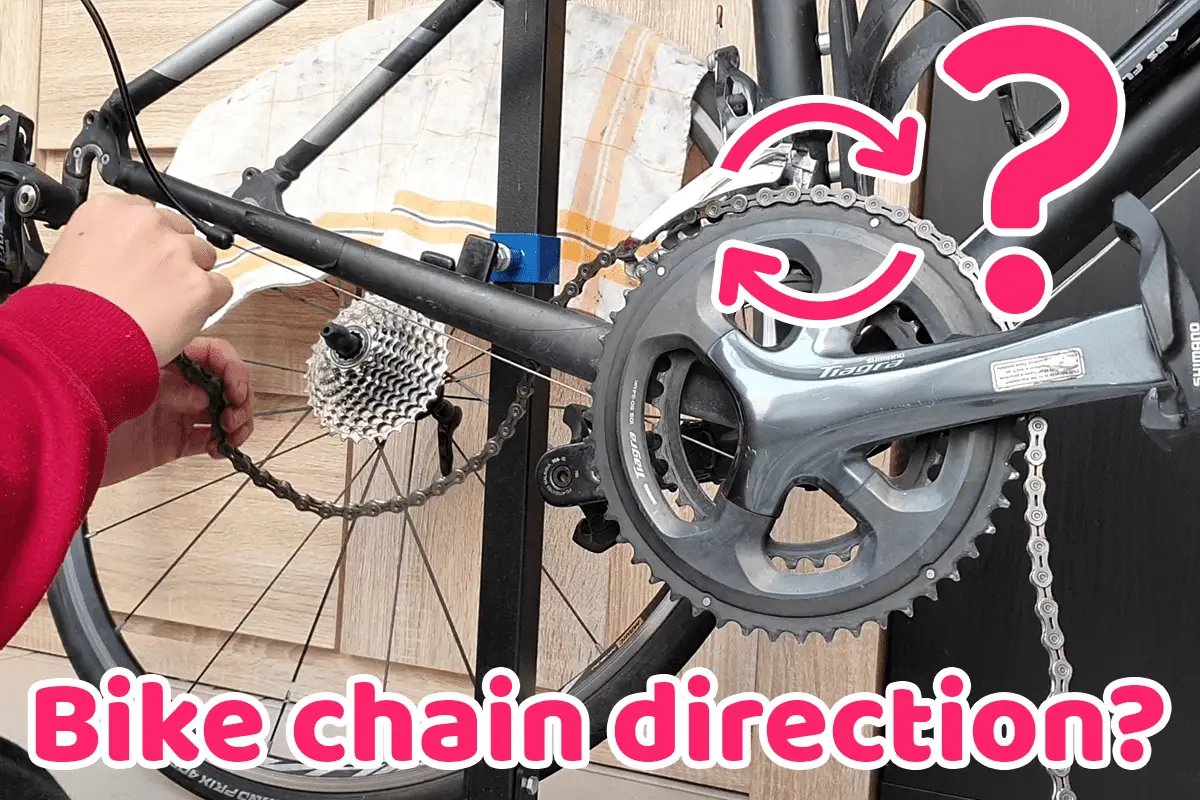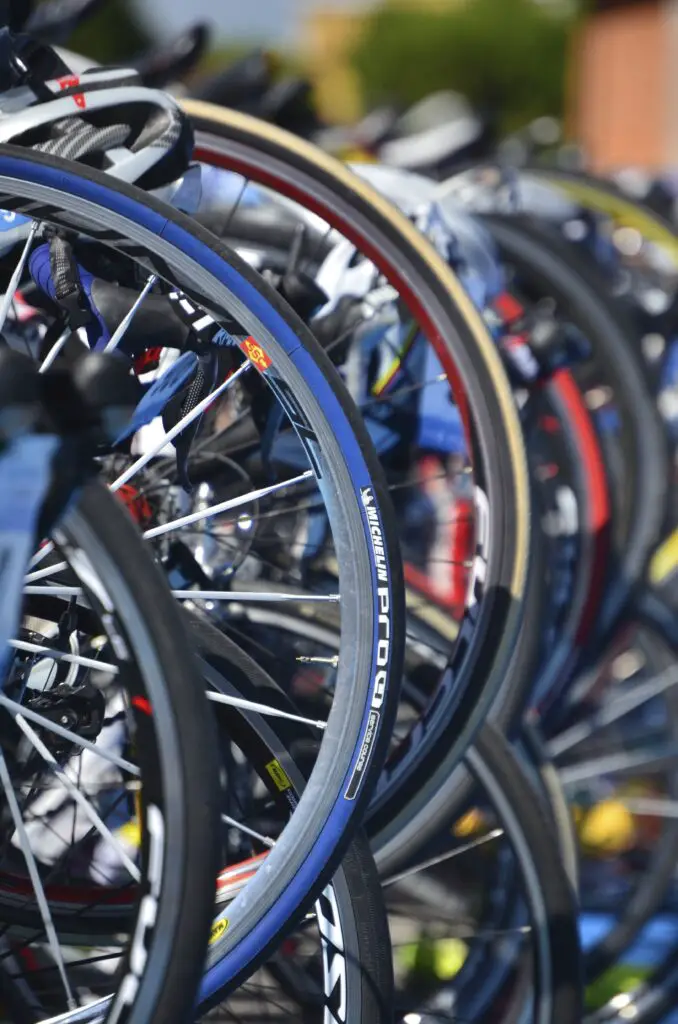
Elevate your triathlon game with in-depth tech reviews, training advice, and setup recommendations.
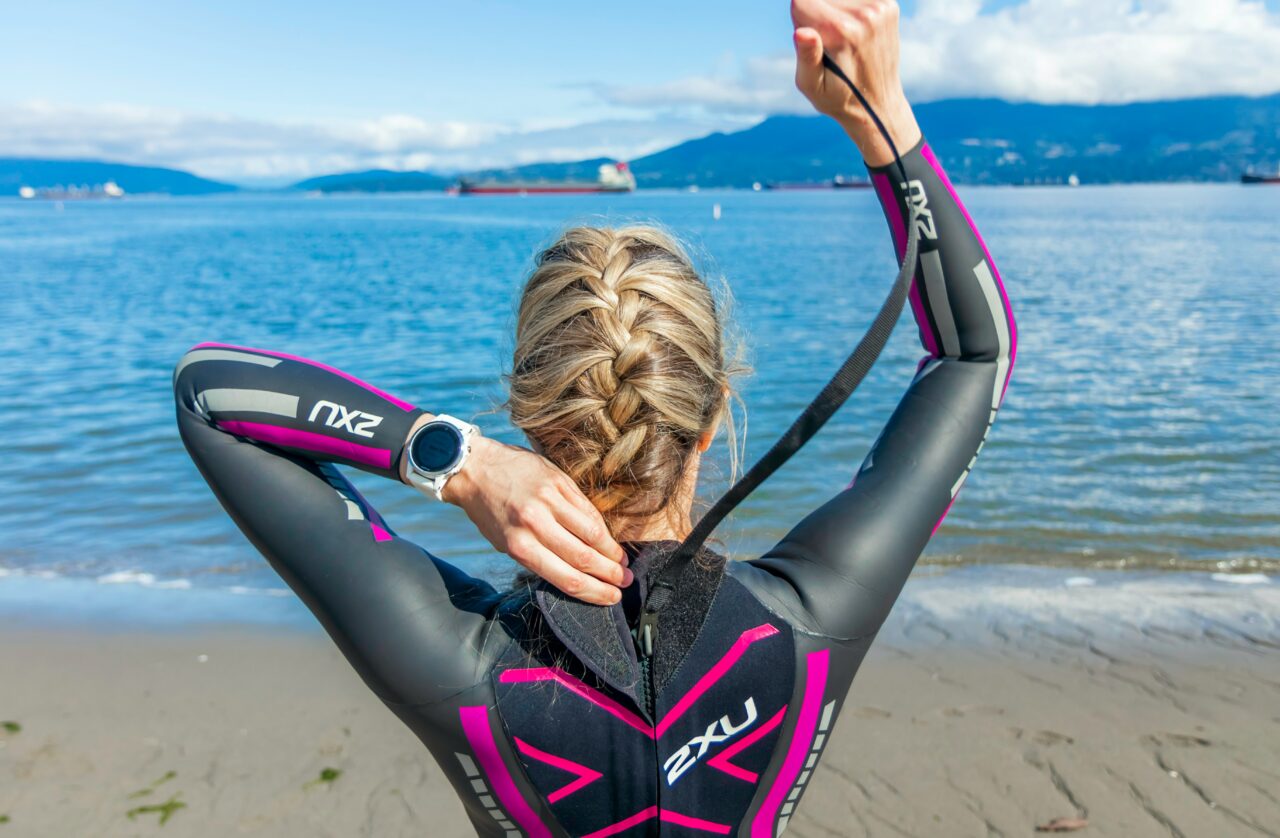
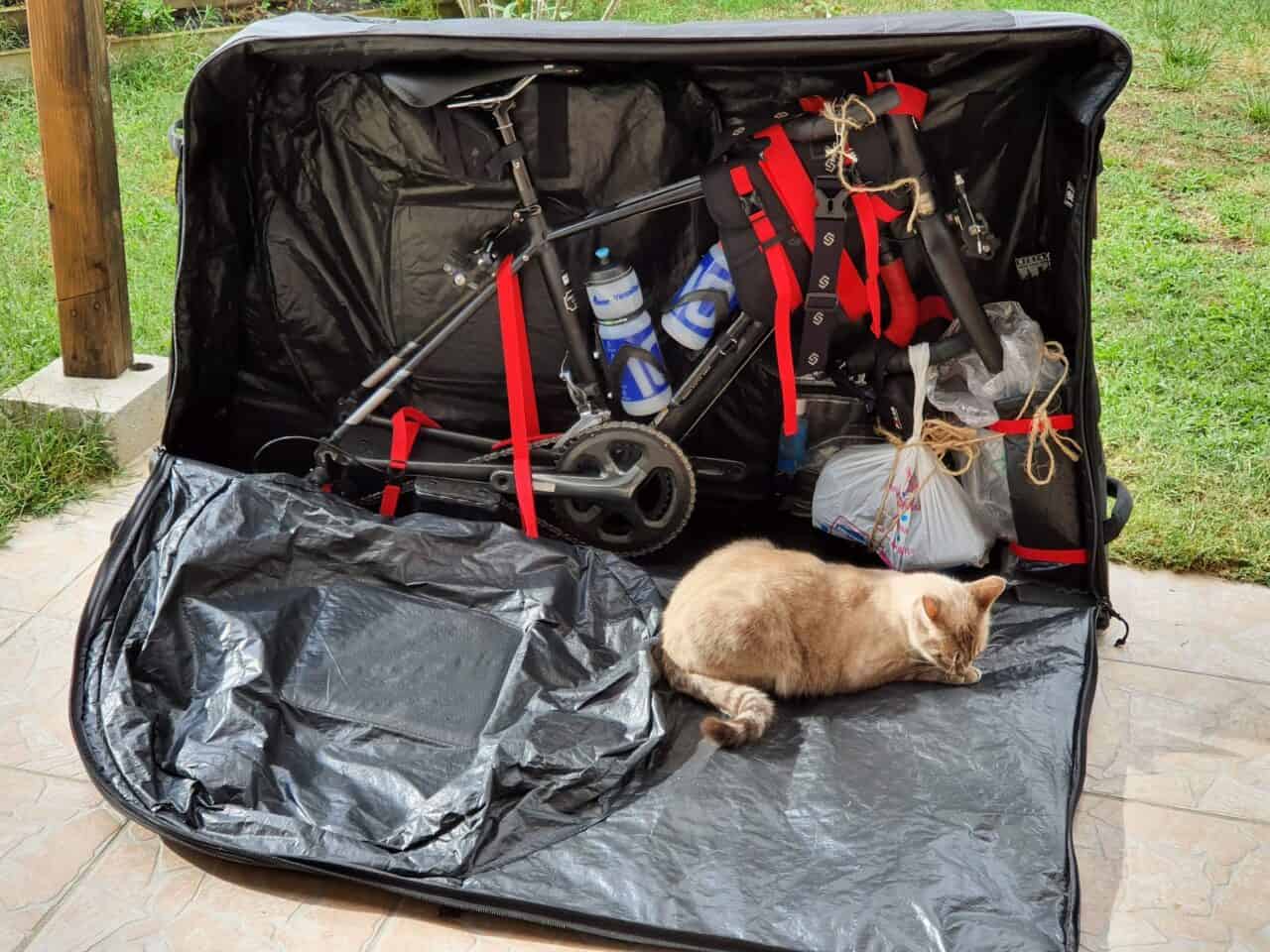
Tips
Training
Reviews
Triathlon tech
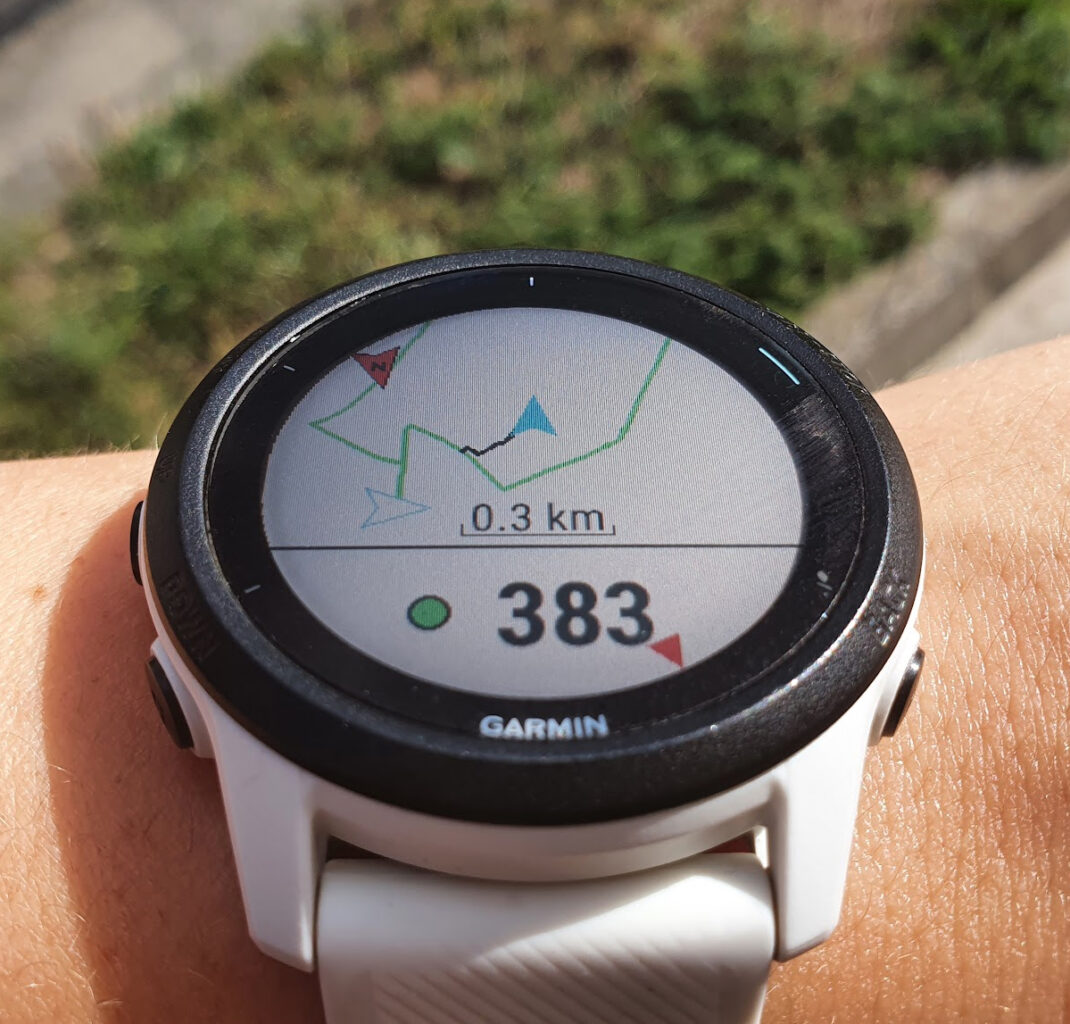
Hi, I’m Constance
A keen cyclist who fell in love with triathlon! It is so much more than “Swim | Bike | Run”. It is also a mindset, a way of life, and a community of amazing people!
Writing is a way for me to share tips and advice and ease people’s way into the world of triathletes.
I hope you enjoy reading my articles.
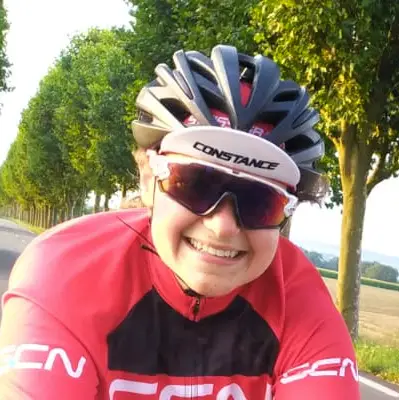
Indoor Cycling
Got trouble connecting your smart trainer to your indoor cycling app? Need help finding the correct setup? Understanding how to use Zwift? I have got you covered!
Latest indoor cycling articles:
Triathlon
Not sure if you can listen to music during a triathlon or if you have to swim freestyle? Not clear how to record a triathlon on your watch? Or which watch you should be using? Find in this section a handful of tips and advice to help you start racing triathlon and improve your performance.
Equipment
Watches, bike GPS, shoes, heart rate monitors, power meters, sensors… so much equipment to know about. I write about triathlon-related equipment to help you get the hang out on them, know their differences, and how they work. At times I also recommend some gear I personally use and enjoy.


